As beautiful and innocuous some species may appear, there are certain plants that you don’t want growing in your garden. While they may be stunning and seem like a great asset to your landscape, they can pose certain risks to your health and the environment.
With the wide variety of common garden plants, choosing the right ones requires no small amount of consideration. Which ones do you plant and which ones should you steer clear from?
Here are some of the most common plants you should never grow in your garden:
Toxic Plants
At first glance, these following plants look gorgeous. However, these plants contain compounds that are toxic for both humans and animals and can be deadly. Keep your children and pets safe by avoiding these plants:
-
Foxglove
-
Autumn Crocus
-
Poet’s Narcissus
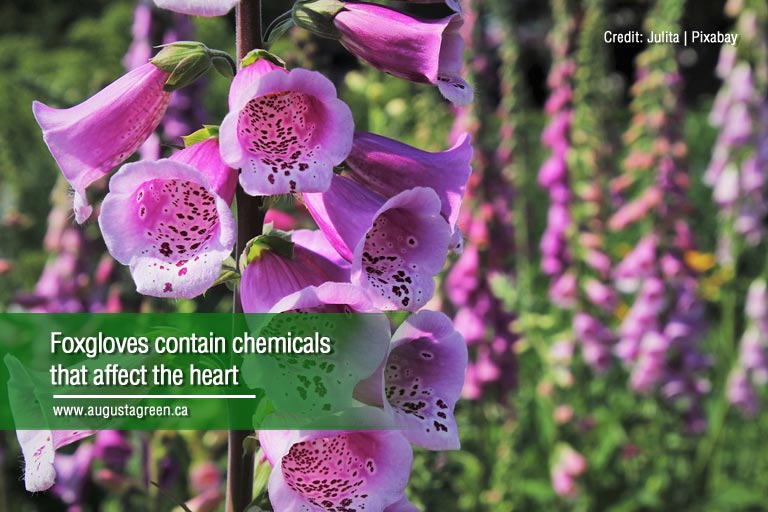
Foxglove, or digitalis purpurea, is known for its bell-shaped flowers. While typically purple, its flowers also come in yellow, pink, rose, and white. It grows to a height of 45 to 150 cm and blooms during the spring season.
Parts of this plant contain the digitoxin called cardiac glycoside, which affects the heart, making it valuable for heart medicines. Chemicals extracted from foxglove are used in prescription drugs for treating congestive heart failure. The plant itself, however, is poisonous. Ingesting foxglove can cause irregular heart function and death.
Signs of foxglove poisoning include:
– Abnormal heartbeat
– Strong, but slow pulse
– Stomach upset
– Convulsions
– Muscle weakness and tremors
Colchicum autumnale, commonly known as autumn crocus, has beautiful flowers that bloom in different colours of blue, pink, purple, and white. It also contains alkaloid colchicines, which you can find in prescription medication for treating gout and rheumatoid arthritis.
Because of its colours and medicinal properties, it may sound favourable to plant one in your garden. Unfortunately, all parts of this particular plant are toxic. If ingested, it can cause:
– burning of the mouth and throat
– nerve problems
– kidney and liver problems
– organ failure
– death
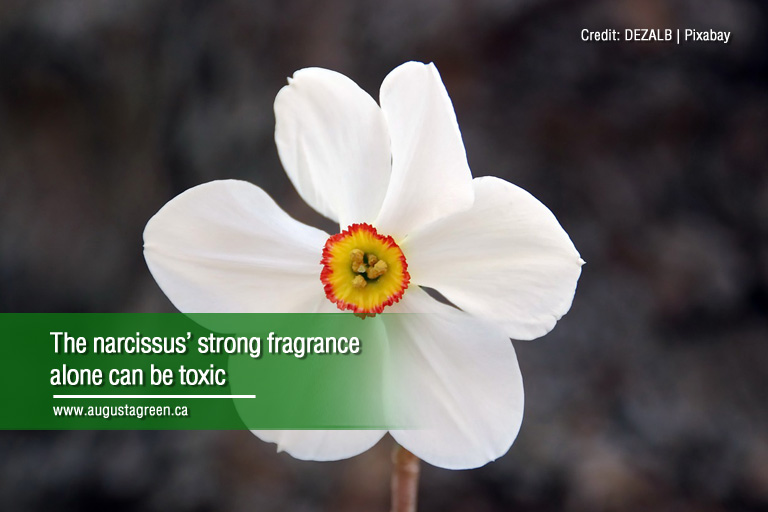
Also called narcissus poeticus, the poet’s narcissus is a type of daffodil known for its striking appearance. It grows fragrant blossoms with eye-catching white petals surrounding a yellow corona with a red border. This plant grows 20 to 40 cm tall.
All of its parts contain a crystalline alkaloid called lycorine, making it extremely toxic and lethal if enough of it is ingested. Its scent can also be strong enough to cause vomiting and headaches if you keep a large number of these plants in an enclosed space.
Lycorine poisoning causes:
– nausea
– vomiting
– stomach cramps
– convulsions
– cardiac arrhythmias
Invasive Plants
Some plants can be quite aggressive growers and can easily take over your garden. It can be challenging to keep them contained. Below are some invasive perennials to avoid:
-
Bamboo
-
Mint
-
English Ivy
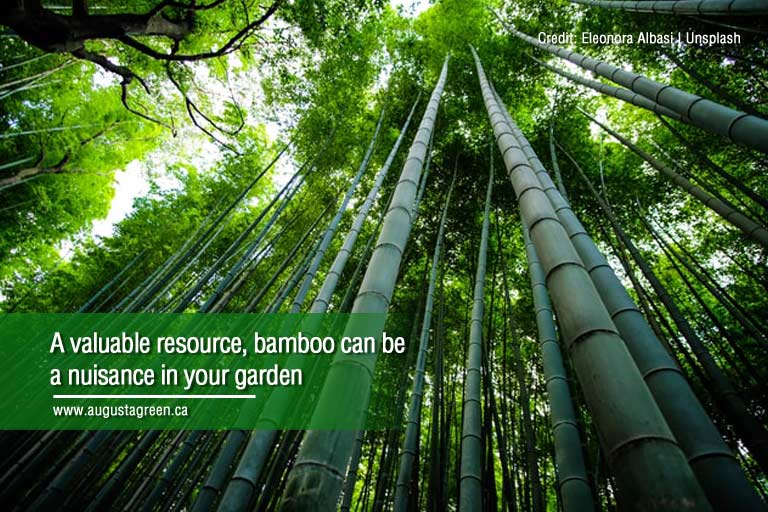
Belonging in the subfamily Bambusoideae, bamboo is an evergreen perennial flowering plant. A fast-growing species, it can grow as much as 30 cm per day. Its hardiness and growing speed make it a sustainable resource for paper, furniture, and livestock feed.
Having bamboo in your garden can set your property apart from the others. However, it is not native to Canada, and its properties make it difficult to contain and more likely to outgrow native species. It can threaten biodiversity and even spread into your neighbours’ gardens. It’s best to keep it out of yours to avoid any environmental repercussions.
Mint, or mentha, is a perennial herb with a refreshing fragrance valued in cooking, cosmetics, and aromatherapy. It has square, branched stems, and overground and underground stolons that are wide-spreading. It also has toothed leaves and small pink, purple, or white flowers.
While it boasts multiple uses, planting mint in your garden can be problematic. If not properly contained, this species can spread and overtake your garden, making it difficult for other plants to grow.
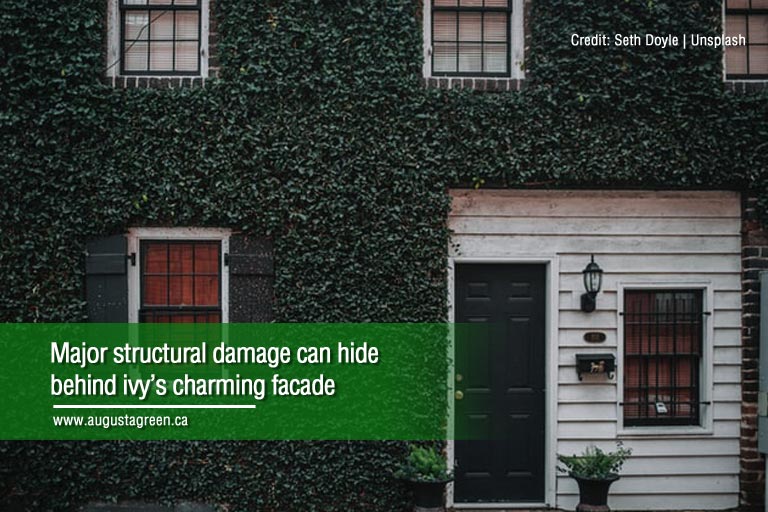
Hedera helix, more commonly known as English ivy, is an evergreen climbing plant you should not grow at home. It can quickly grow to 20 to 30 m high wherever surfaces such as trees and walls are available. It can also provide insulation in buildings during winter and cool the interior in summer.
Unfortunately, it’s also more than capable of taking over your garden. English ivy can also hide structural faults that can cause further damage if left unchecked. Unless you have the time and inclination to keep up with maintenance, avoid this species entirely.
High-Maintenance Plants
While the previous plants can’t stop from spreading, these plants act as the opposite. These plants demand extra attention and care, which can be tiring. To prevent gardening from becoming a chore, stay away from these plants:
-
Dahlia
-
Gardenia
-
Rose
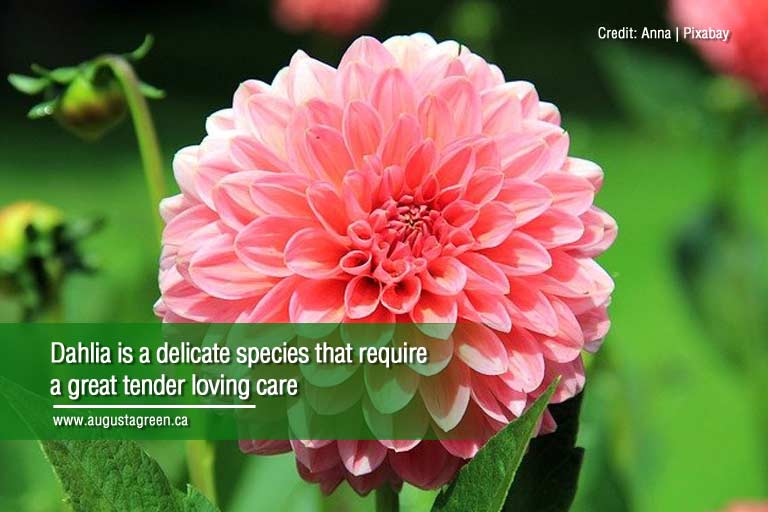
Dahlia is a perennial closely related to daisies, sunflowers, and chrysanthemums. It has brightly coloured flowers and grows in a wide variety of colours, except blue. Its leafy stems can grow from 30 cm to more than 1.8 to 2.4 m.
Growing dahlias require dedication and time. It is not a particularly robust species and is prone to tuber rot, viral diseases, and powdery mildew. You’ll constantly have to be on the look out for pests, such as slugs, snails, and aphids, which may require a weekly application of pesticides. You might also have to support them with stakes as they grow.
Gardenia is a genus of flowering plants in the coffee family, Rubiceae. These plants are evergreen shrubs and small trees that can grow to 1 to 15 m tall. Their flowers are white or pale yellow and grow in small clusters. They also have a sweet and strong scent.
Gardenias can be temperamental; you need to follow a strict regimen to grow them successfully. They demand high humidity, acidic soil, and plenty of organic matter to thrive. They also need lots of water and sunlight, along with constant mulching and pruning.
Roses are a woody perennial flowering plant of the genus Rosa. It grows in a wide range of colours from white and various tones of pink and yellow to maroon and dark crimson. Because of their striking appearance and fragrance, they are extremely popular as decor and gifts.
While roses can be a gorgeous addition to your garden, there are many things you need to do to ensure their growth. They require soil with plenty of organic matter and regular pruning. They are also prone to diseases, mostly caused by fungi, and are extremely attractive to pests.
There is much to consider when picking the right plants to grow in your garden. While the species mentioned above can enhance the aesthetics of your landscape, they can be dangerous to both your household and the immediate environment. Avoid these plant varieties if you want to see your garden thrive.
Caring for your garden requires much time, effort, and careful consideration. An excellent asset that can be particularly advantageous to both you and your plants is a reliable irrigation system. Augusta Green Sprinklers offers top-notch sprinkler systems to help your plants grow. Give us a call at (416) 227-1666, or email us at admin@augustagreen.ca for inquiries or to book our services.

